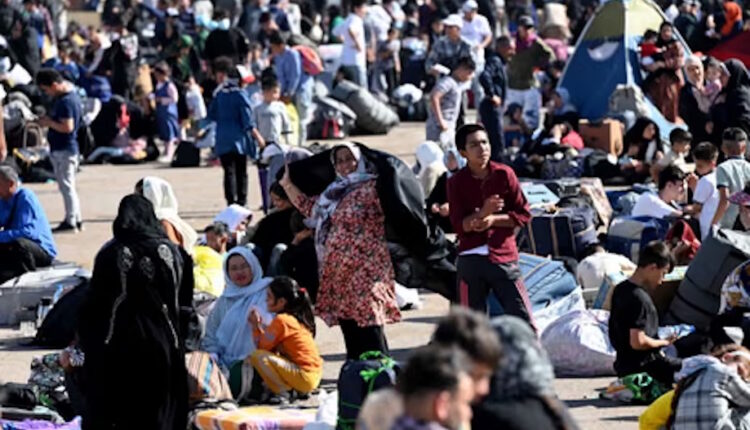KABUL – Afghanistan is experiencing a massive and rapid influx of its citizens, with more than 10,000 refugees forcibly returned from neighboring Iran and Pakistan in a single day, according to official Taliban figures released on Thursday. This surge highlights a deepening regional refugee crisis and places immense strain on Afghanistan’s struggling infrastructure and humanitarian aid networks.
Official Figures and Routes
Hamdullah Fitrat, deputy spokesman for the Islamic Emirate of Afghanistan (IEA), shared a report from the High Commission for Addressing Migrants’ Issues on his social media account. The data revealed that on Wednesday alone, 1,763 families, comprising 10,405 individuals, were repatriated.
The returnees entered the country through five key border crossings:
-
Islam Qala in Herat (from Iran)
-
Pul-i-Abresham in Nimroz (from Iran)
-
Spin Boldak in Kandahar (from Pakistan)
-
Bahramcha in Helmand (from Pakistan)
-
Torkham in Nangarhar (from Pakistan)
These routes underscore the widespread nature of the deportations from both of Afghanistan’s primary neighboring nations.
A Sustained Crisis, Not an Isolated Event
The single-day figure of over 10,000 returnees is not an anomaly but part of a consistent and alarming trend. Recent data points to a sustained wave of forced returns:
-
On the preceding Tuesday, 7,326 Afghan refugees returned.
-
On Sunday, the number was even higher, with nearly 12,666 individuals crossing the border.
This indicates a coordinated and accelerating effort by both Iran and Pakistan to expel Afghan refugees, a policy that has intensified in recent months.
Strain on Resources and Taliban Response
The sudden arrival of thousands of people, often with little more than the clothes on their backs, presents a monumental challenge for the Taliban administration. The IEA report noted that on Wednesday, 2,222 of the returnee families (13,303 individuals) were transported to their home provinces—a logistically complex and costly undertaking. Furthermore, only 1,534 families were recorded as having received immediate humanitarian assistance, suggesting aid efforts are struggling to keep pace with the influx.
Roots of the Exodus
The forced returns are driven by policy shifts in host countries:
-
Pakistan: Launched a large-scale crackdown last year targeting all foreigners residing illegally, giving many Afghans a strict deadline to leave or face arrest and deportation. Islamabad has cited security concerns and a lack of cooperation from the Taliban government as key reasons.
-
Iran: Has long pursued a policy of deporting Afghan migrants, often citing economic pressures and political tensions.
For the returnees, the situation is dire. They arrive in a country grappling with one of the world’s most severe humanitarian crises, exacerbated by economic isolation, the collapse of the banking sector, and the aftermath of decades of conflict. Many returnees have lived outside Afghanistan for years or even decades and have no homes, livelihoods, or community support to return to.
International aid agencies have repeatedly warned that Afghanistan lacks the capacity to absorb such a large number of people in such a short time, raising fears of a sharp increase in internal displacement, malnutrition, and further economic decline. The daily arrival of thousands of returnees signals a protracted and deepening emergency with no easy resolution in sight.
Support Dawat Media Center
If there were ever a time to join us, it is now. Every contribution, however big or small, powers our journalism and sustains our future. Support the Dawat Media Center from as little as $/€10 – it only takes a minute. If you can, please consider supporting us with a regular amount each month. Thank you
DNB Bank AC # 0530 2294668
Account for international payments: NO15 0530 2294 668
Vipps: #557320



Comments are closed.